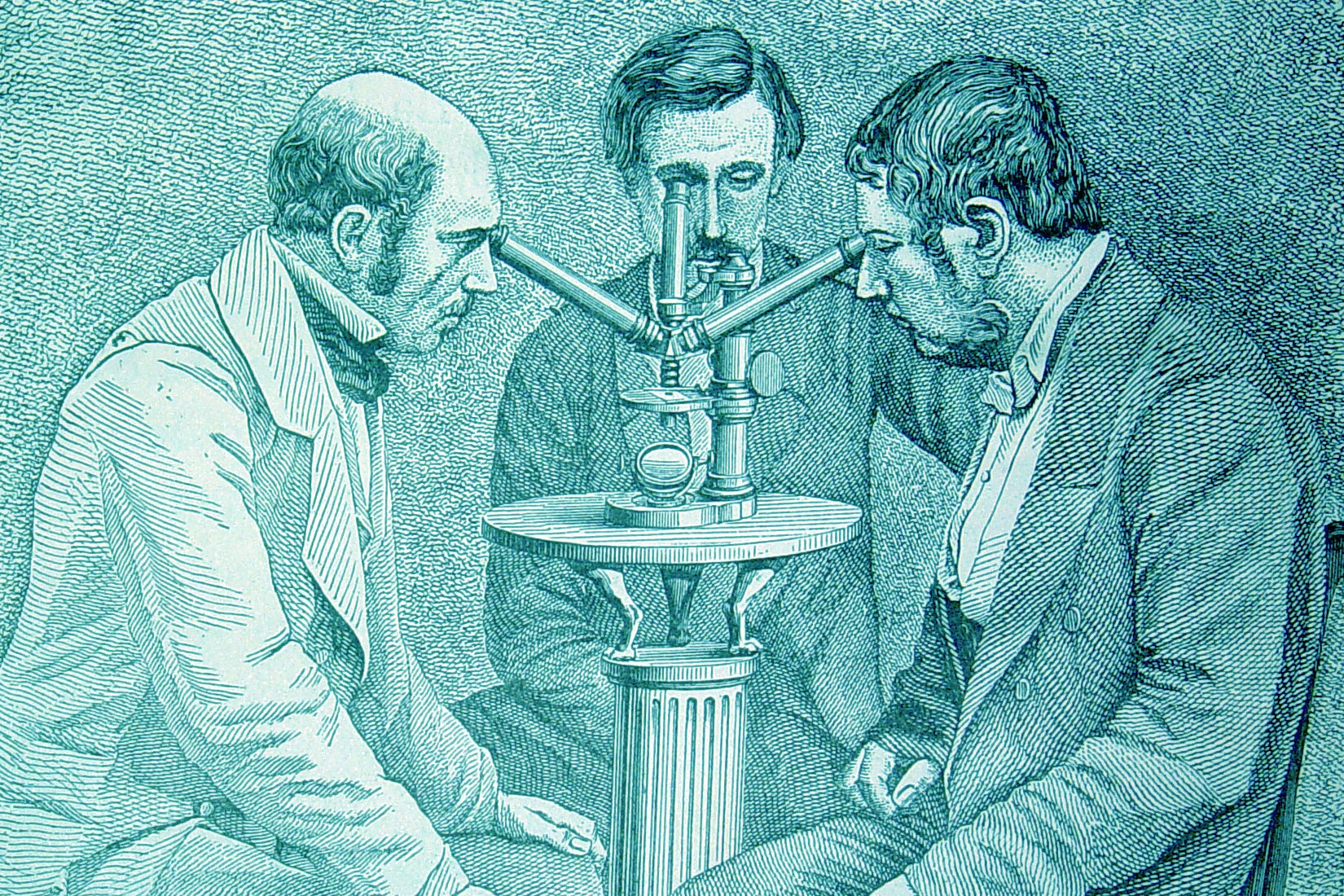In the late sixteenth century, people across Britain became obsessed with fairies, writing stories about them, casting real-life monarchs as imaginary fairy royalty, and even claiming direct contact with the fae (sometimes written as fai or fay). Historian Ronald Hutton writes that this represented the culmination of centuries of changing ideas about magical creatures in both folklife and literature.
Before the late medieval period, Hutton writes, there were no “fairies” in Britain. Instead, there were elves. These creatures were long known for causing afflictions to both people and livestock. In supposedly true stories collected in the twelfth and thirteenth centuries, elves—or other uncanny not-quite-humans—often lived in a world parallel to ours, with boundaries that could sometimes be crossed. They might seduce men, steal babies, or—sometimes—provide assistance to humans.
Meanwhile, across northwestern Europe, from France to Ireland, fiction writers began composing stories about creatures—perhaps human, perhaps not—with supernatural powers and lavish lifestyles. They often served as companions and protectors to human knights and ladies, though they were frequently not to be trusted. These stories brought us the French-derived word fae, first used mainly as a verb to suggest making something magical and later as a noun, as well as faerie, which first referred to uncanny phenomena and became an English word for a supernatural creature in the fifteenth century.
Gradually, these traditions converged in the widely recognized idea of a fairy—or sometimes elven—kingdom ruled by a queen or king. Hutton argues that interest in fairies hit its peak between 1560 and 1640. At this time, the Protestant Reformation was drawing people’s attention to questions about supernatural characters of all sorts—angels, demons, ghosts, witches. But fairies didn’t quite fit into a cosmology that divided the universe into good and evil. Some Christian authorities identified them as demonic. More often, they simply denied their existence.
Others took fairies quite seriously. Cunning folk—healers and magic practitioners—often sought help from the fairy queen. And criminals used the promise of an introduction to fairy royalty to con marks out of their money.
Writers of this era often celebrated the opulent and playful ways of the fairies. Poets reworked Greek and Roman texts, transforming nymphs to fairies and pastoral landscapes to fairylands. Writers honored Elizabeth I by portraying her as a fairy queen or describing fairies paying her homage. Later, Henry, prince of Wales, appeared at a masque dressed as the fairy king Oberon.
Weekly Newsletter
In the Elizabethan period, fairies also took on a more moralistic aspect in both literature and folk beliefs. They rewarded good housekeepers and published lazy ones. Robin Goodfellow, a trickster long identified with the folkloric character Puck, became a hero who punished evildoers and helped their victims.
Yet it was still difficult to pin the fae down. Hutton notes that Shakespeare alone “made them imposing and benevolent in one play, ridiculous in another, a cover story for fraud in another, and a danger comparable with witches in a fourth.” Part of their uncanny nature was the ability to be all these things at once.
You Might Like
Under Victorian Microscopes, an Enchanted World
Support JSTOR Daily! Join our new membership program on Patreon today.








